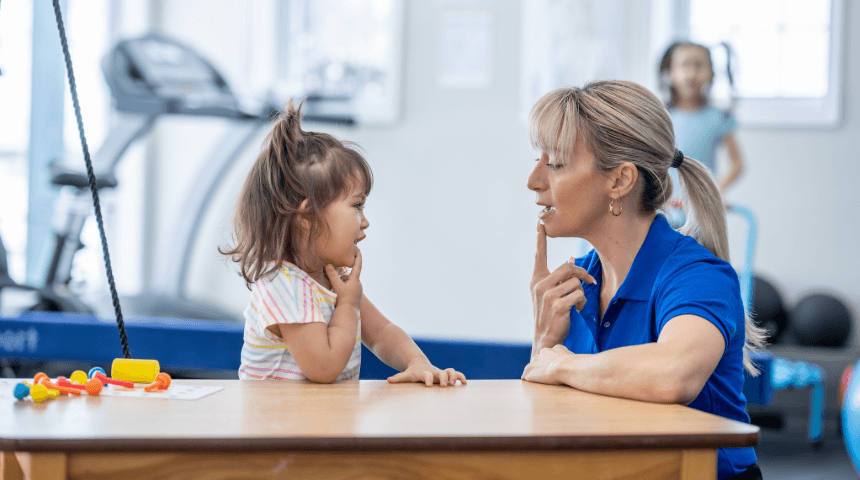How Soon Should My Child Start Swimming Lessons?
Swimming can be a fun activity for kids, and with Florida’s warm weather, it can be a great way to cool down. But with drowning listed as the top cause of death for children between ages 1 and 4, swimming lessons are key to reducing the risk of tragedy.
So, at what age should you start considering swim lessons for your kids? This may be surprising, but getting them started by the age of 1 can reduce the risk of accidental drowning by 88 percent, according to a study published in the National Library of Medicine. Your child won’t be swimming laps as a toddler, but those early lessons can help them overcome a natural fear of water, while teaching critical survival tactics such as keeping their head above water.
Getting them started early may have other unexpected advantages too. Early swimmers have been shown to have more advanced fine and large motor skills. They also may receive a cognitive boost, with research suggesting these children have better language skills and are better at understanding and following instructions. Researchers suggested these improvements may be related to the fact that water resistance builds strength, which also may stimulate brain development.
Here’s a guide for choosing the right class for your child, how the lessons work and safety tips.
Choosing the Right Class
Some things to consider when researching swimming classes or instructors for your child include:
-
First aid certification, including CPR.
-
Whether the instructor has a good rapport with children and knows how to earn their respect. It’s critical for children to respect their instructor if they are going to fully grasp concepts of water safety.
-
Knowledge of kids’ developmental stages, such as strength and awareness. The concepts taught to a two-year-old vary from what’s taught to a five-year-old.
Swimming techniques that your child may learn include:
-
How to float in water, such as turning on their back.
-
How to stay near an adult while swimming or closer to the shallow end of the pool/water.
-
Asking an adult such as a parent, lifeguard or instructor for help or permission to enter the water.
-
Treading water, which involves keeping their head above water and staying upright.
-
What to do if they fall in the water unexpectedly, including what to do if they see someone else having trouble in the water.
-
How to safely exit water, including asking for help or finding the nearest exit themselves.
Water Safety Tips
Along with sending your little one for lessons, it’s important to practice general water safety strategies. These can be used when you’re at the beach, the pool and other spaces where water is found.
-
Always have an adult at least an arm’s length from your child when they’re in or near water, rather than a sibling or older child. Drowning can happen within seconds and older children may not have the same fast-acting reflexes or knowledge an adult has during an emergency.
-
Use water safety tools such as life jackets and floating devices for the arms or body.
-
Keep floatation items — such as pool noodles or kick boards — in the pool so your child can grab or hold onto something if they’re feeling unsafe or uncomfortable in the water.
Swimming is an enjoyable experience for both you and your child. Join their swimming lessons so you can have a splash together confidently.
Choose to Stay in Touch
Sign up to receive the latest health news and trends, wellness & prevention tips, and much more from Orlando Health.
Sign Up










